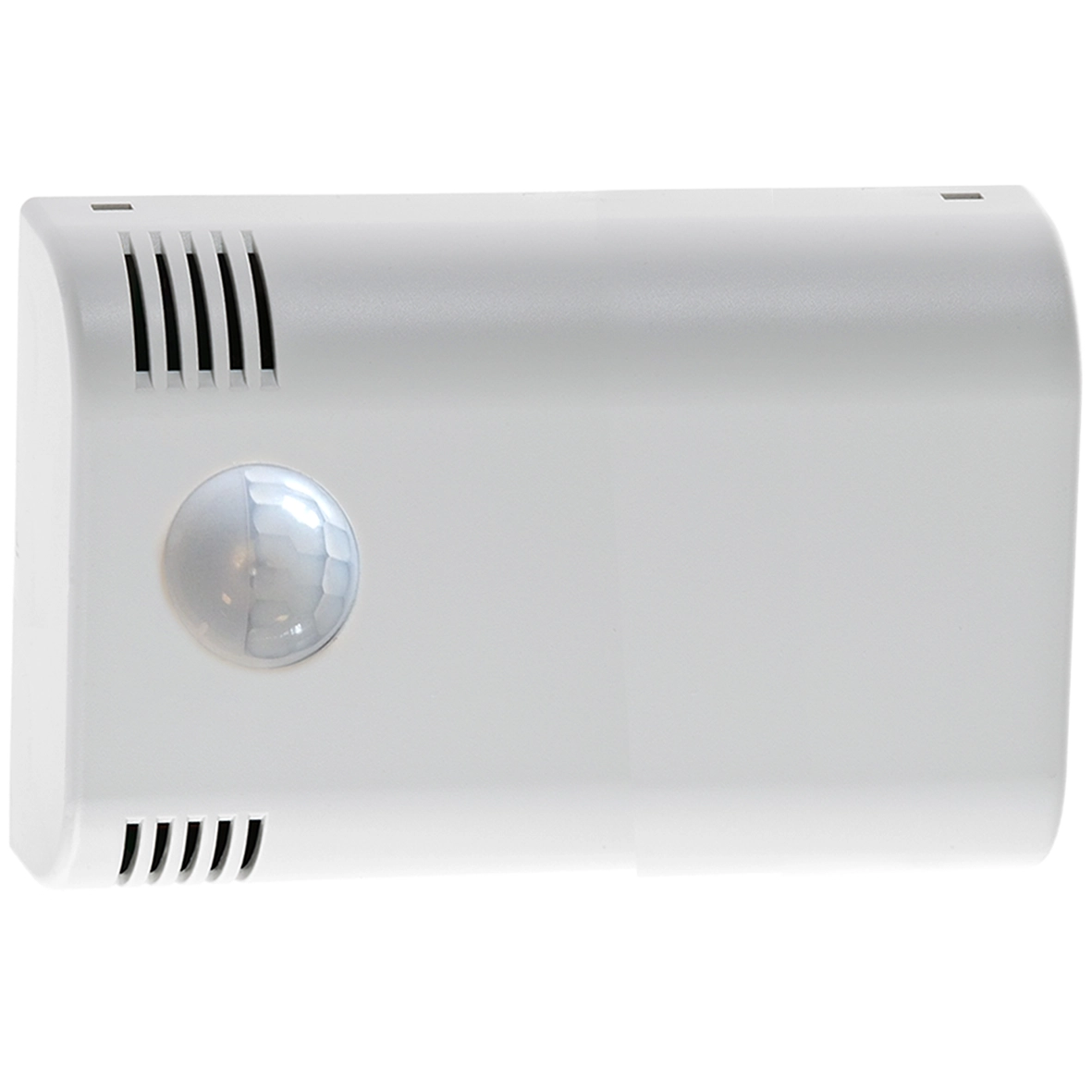
Presence Measurement
Presence measurement involves monitoring how many people are in a building or a specific room at different times. By using presence sensors or motion detection systems, data can be collected on how the building is used, which can help optimize both comfort and resources. Here are examples of where presence measurement is used and why it is important:
Examples of Presence Measurement in Buildings:
Office Buildings. In offices, presence measurement is used to control lighting, ventilation, and heating only in the rooms that are in use. This can significantly reduce energy consumption. Additionally, presence data can be used to analyze how different office spaces are utilized and identify underused or overcrowded areas, which can lead to improvements in office layout.
Schools and Lecture Halls. In schools, presence measurement can be used to keep track of how much classrooms and other spaces are used. Sensors can also automatically adjust lighting and ventilation, saving energy and ensuring a good indoor environment when students and teachers are present.
Hotels and Conference Centers. Hotels and conference facilities use presence sensors to automatically control heating, cooling, and lighting in rooms and meeting spaces. This helps optimize energy expenditures by adjusting the climate in the rooms only when they are in use.
Homes and Smart Homes. In smart homes, presence measurement can be used to activate lighting and climate control when someone is home or in a specific room. This increases convenience and contributes to an energy-efficient living environment. For example, a home can automatically lower the temperature when no one is home or turn off lights in unused rooms.
Shopping Malls and Stores. In shopping malls and stores, presence measurement can be used to gain insights into customer flow in different parts of the building, helping to optimize retail spaces and allocate resources. Stores can also adjust lighting and ventilation based on visitor numbers to maintain a consistent temperature and comfortable atmosphere.
Security Monitoring in Public Buildings. In buildings such as airports, museums, or arenas, presence sensors can be used to monitor visitor numbers and detect unusually high activity or crowds in specific areas. This can help security personnel manage flows and ensure that visitors remain in safe environments.
How is presence measurement performed?
Presence measurement can be performed in several different ways, depending on the needs and function of the building:
Motion Sensors. These sensors, which are often infrared or ultrasound-based, detect movement in a room. If they do not register movement for a certain period, the system can, for example, turn off the lights or lower the temperature in the room.
Thermal Cameras and IR Sensors. By using heat sensors, the presence of people can be detected without requiring direct movement. This is often used in security monitoring and in large public environments.
Pressure Sensors. In some environments, pressure sensors are used to detect when someone enters a specific area. These are often placed in entrances or floors to measure how many are present in the room.
Camera-Based Systems with Anonymous Facial Recognition. Some modern buildings use cameras to track movements and presence, often in real-time. They can provide detailed data on how the rooms are used, even whether it is men, women, or children, without recording specific individuals.
Enkey's solution for presence measurement:
Enkey's presence sensors connect wirelessly to Enkey Building Insight®, allowing real-time readings of presence, temperature, relative humidity, air pressure, CO2, and VOC. Presence reports are automatically generated based on a set schedule. This is cost-effective and facilitates analysis and optimization, as measurement data is collected and visualized automatically.